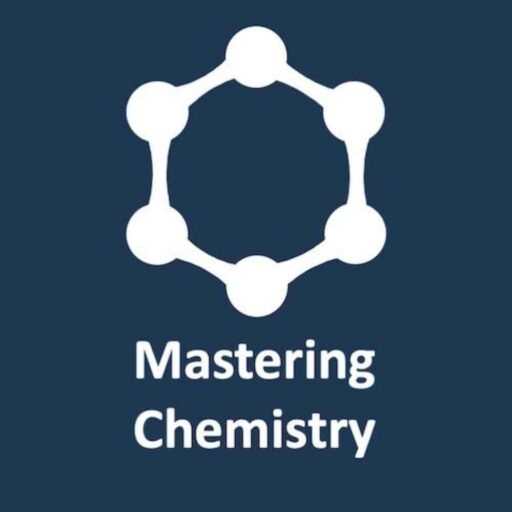Year 12 VCE Chemistry- Units 3 and 4
UNIT 3
- Carbon based fuels
i. The definition of a fuel, including the distinction between fossil fuels, biofuels,
their renewability
ii. Fuel sources for the body: carbohydrates, proteins, lipids
iii. Production of bioethanol
iv. Exothermic and endothermic reactions, molar enthalpy changes, energy profile diagrams
v. Determination of limiting reactants or reagents in chemical reactions
vi. Combustion reactions, balanced thermochemical equations - Measuring changes in chemical reactions
i. Calculations related to the application of stoichiometry to reactions involving
the combustion of fuels
ii. The use of specific heat capacity of water to approximate the quantity of heat energy
iii. The principles of solution calorimetry
iv. Energy from fuels and food - Primary galvanic cells and fuel cells as sources of energy
i. Redox reactions, the writing of balanced equations for oxidation and reduction reactions
ii. The common design features and general operating principles of non-rechargeable
(primary) galvanic cells
iii. The use and limitations of the electrochemical series
iv. Design features and general operating principles of fuel cells
v. The application of Faraday’s laws
vi. Challenges and the role of innovation in the design of fuel cells to meet society’s energy needs - Rates of chemical reactions
i. Factors affecting the rate of a chemical reaction in open and closed systems
ii. The role of catalysts in increasing the rate of specific reactions, energy profile diagrams - Extent of chemical reactions
i. The distinction between reversible and irreversible reactions, between rate and extent of a reaction
ii. The dynamic nature of homogenous equilibria
iii. Applications of Le Chatelier’s principle
iv. Calculations involving equilibrium expressions, reaction quotient (Q)
v. Green chemistry principles of catalysis and designing for energy efficiency - Production of chemicals using electrolysis
i. The use and limitations of the electrochemical series to explain or predict the products of electrolysis
ii. The common design features and general operating principles of electrolytic cells
iii. The role of innovation in designing cells to meet society’s energy needs, ‘green’ hydrogen
iv. The application of Faraday’s laws and stoichiometry
UNIT 4
- Structure, nomenclature, properties of organic compounds
i. Characteristics of the carbon atom
ii. Molecular, structural and semi-structural formulas, skeletal structures,
functional groups
iii. IUPAC systematic naming of organic compounds
iv. Trends in physical properties within and between homologous series - Reactions of organic compounds
i. Organic reactions and pathways
ii. Calculations of percentage yield and atom economy
iii. The sustainability of the production of chemicals, with reference to the green chemistry principles - Laboratory analysis of organic compounds
i. Qualitative tests for the presence of functional groups
ii. Laboratory analysis techniques in verifying components and purity
iii. Measurement of the degree of unsaturation using iodine
iv. Redox titrations - Instrumental analysis of organic compounds
i. Mass spectrometry
ii. IR spectroscopy
iii. Carbon-13 nuclear magnetic resonance
iv. Low and high resolution proton nuclear magnetic resonance.
v. Chromatography
vi. Deduction of the structures of simple organic compounds using a combination
of various spectroscopic techniques - Medicinal chemistry
i. Extraction and purification of natural plant compounds
ii. Significance of isomers and the identification of chiral centres
iii. Enzymes: primary, secondary, tertiary and quaternary structures, factors causing changes in enzyme function
iv. Medicines that function as competitive enzyme inhibitors
